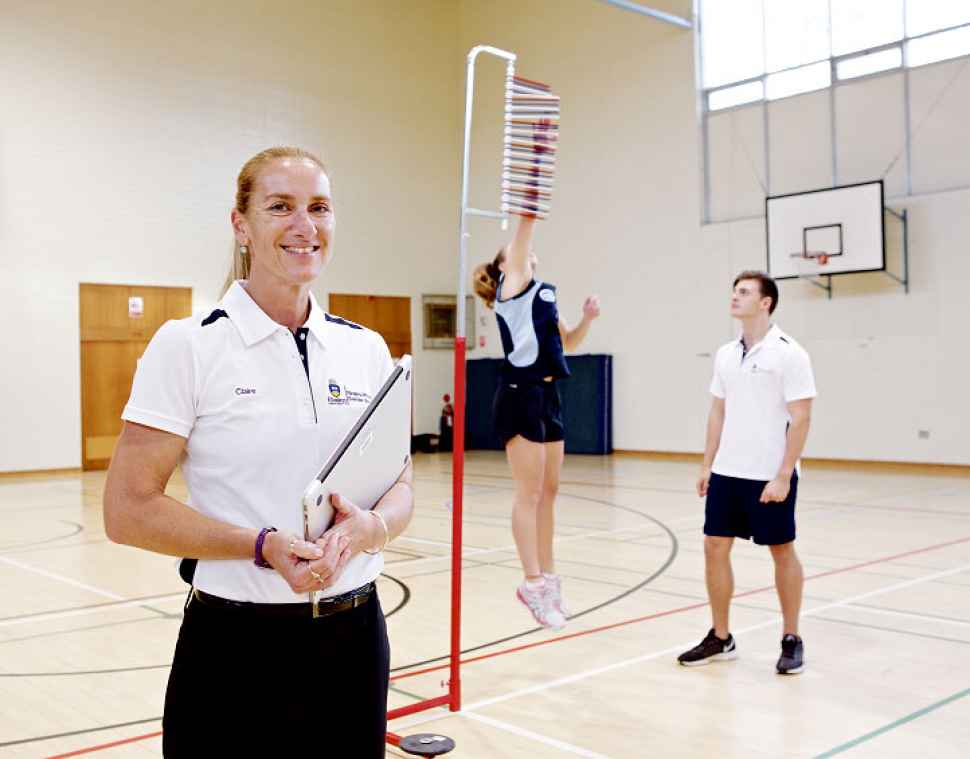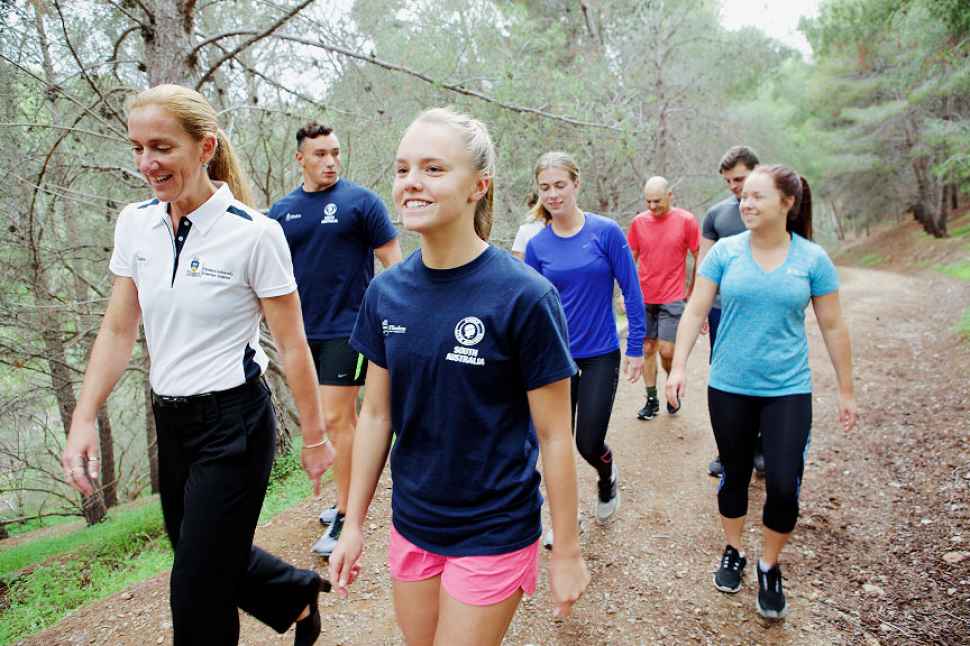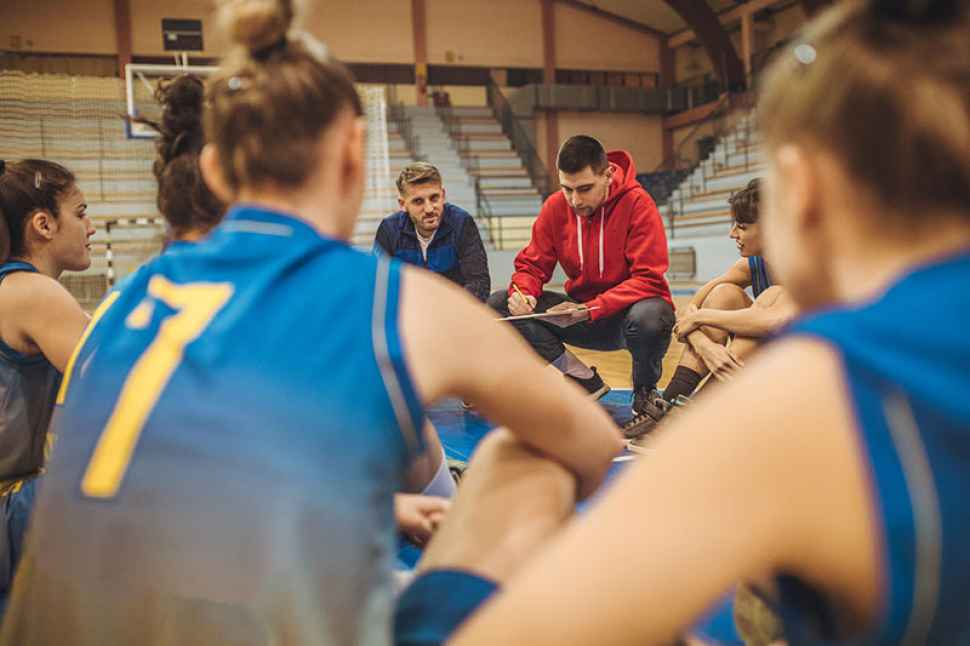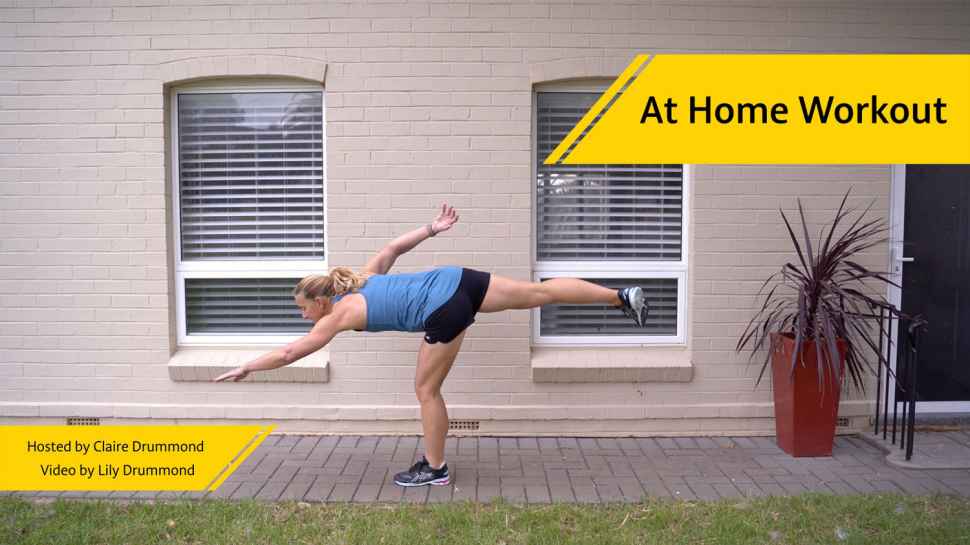EXERCISE IS MEDICINE
We know it’s good for us, but how far do the benefits of physical activity go?
What if you could help prevent or even reverse diseases through movement?
No pills, expensive specialist appointments or magic potions.
Just… moving.
The expression ‘exercise is medicine’ has been a long-lived catchphrase flung around by health professionals and lifestyle experts. But is there any truth to the adage?
According to head of the Flinders Exercise Science and Clinical Exercise Physiology courses, Associate Professor Claire Drummond, regular exercise can reduce and even eradicate chronic conditions.
“For healthy people who don’t show signs of chronic conditions, then exercise combined with a healthy lifestyle can be used as preventative medicine and should be enough to maintain a healthier lifestyle without any added medication,” she says.
“For those suffering a chronic illness for example cardiovascular disease or type two diabetes, then participating in regular exercise is vital because any medication that is taken to combat the illnesses likely to be reduced by their practitioner with the ongoing routine of exercise.”

Head of Flinders Exercise Science and Clinical Exercise Physiology programs Associate Professor Claire Drummond.
According to the World Health Organisation, physical inactivity is one of the leading risk factors for death worldwide.
Inadequate levels of exercise increase a person’s risk of cancer, heart disease, stroke and diabetes by up to 30% and shortens lifespan by up to five years.
The benefits of moving our bodies outweigh any disadvantages, if there are any.
Associate Professor Drummond and Flinders’ exercise science and clinical exercise physiology teaching team instil the exercise is medicine ethos into students, through practical learning experiences.
The students know the sector is fast-growing and that they will upon graduation be supporting people from seniors to professional athletes to avoid or treat injury and illness through movement.
A/P Drummond tells us there is overwhelming evidence to suggest that exercise does help prevent and treat illness and injuries.
A study published in the British Medical Journal in 2013 found that exercise is often works just as well as medication in preventing death from major illnesses such as coronary heart disease and diabetes.
A/P Drummond is a member of the Flinders University Caring Futures Institute, Australia's first fully dedicated research centre for the study of self-care and caring solutions, leading to better lives, better communities, better care and better systems. Together with fellow Institute member and fellow Exercise Science and clinical Exercise Physiology lecturer Dr Joyce Ramos, A/P Drummond is researching the effectiveness of High Intensity Interval Training (HIIT) in treating chronic conditions.
“We know that even 10 minutes of HIIT will make a big difference,” A/P Drummond says.
“HIIT workouts can include simple things like increasing your walking speed, walking up hills or using the stairs, walking on soft sand.
“The secret to HIIT is to get your heart rate up so that you are working at a moderate and vigorous intensity at regular intervals.”

The positives of exercise
- It’s free
- It has very little side effects
- Meet new people, make new friends
- Has a positive impact on mental health, mood and memory
- Can reduce your risk of heart disease, stroke, type 2 diabetes, some cancers, depression, and falls (older adults)
- Improved sleep
- Strengthens bones and muscles
- Helps control your waistline
- Live longer.
What happens to our bodies when we move?
Good things start happening. Within the first 10 minutes of exercise, the increase in heart rate creates an increase in blood supply moving around the body and the brain which makes us more alert. Exercise reduces stress hormones and increases neurotransmitters like serotonin and norepinephrine which accelerates information processing. Our cardiorespiratory system increases, and our digestive system slows down.
The benefits of exercise continue once we stop. Studies have shown your metabolic rates can stay elevated up to 72 hours post-exercise depending on the type of activity undertaken.
Move more!
Early morning boot camps, gym memberships and fitness meet ups. If these make you think of your snooze button, then the answer is incidental exercise. Incidental exercise is the stuff we can do without even realising it. The small activities that accumulate over the course of a day.
- Park away from the doors of the shopping centre so that you walk more. Better yet, walk or ride your bike to the shops
- Get off the bus one stop earlier (or later!) and walk the extra mile to where you need to go
- Bring a pair of comfy shoes to work and pop out for a half-hour walk during the day
- Stand up at regular intervals if you usually sit for most of the day
- Instead of a sit-down coffee catch-up, grab a coffee on the go and head out for a walk
- Take the stairs instead of the lift or choose the long way to your destination instead of the shortest route
- Instead of emailing or calling your work colleague, pop over to their desk

Exercise as a career
The industry sector of driving health and wellbeing through exercise is fast-growing. At Flinders University we offer the exercise science and clinical exercise physiology courses that take a multidisciplinary approach to chronic disease management, treatment and prevention, sporting performance, injury prevention and community health. B
By the end of your degree you could be using exercise as medicine to help people set goals for lifestyle and mental health management. You’d work in hospitals, community health units, workplaces, gyms, aged care and disability service organisations, with sporting clubs or academies, health clinics, in the education sector or with return-to-work providers.
Explore a career in exercise science or clinical exercise physiology:

Home work-outs
Keep mobile and actively focused on your health and well-being. Check out this Home Workout series developed by Associate Professor Claire Drummond, Academic Lead in Exercise Science and Clinical Exercise Physiology at Flinders.
Is midyear entry the right option for you?
If you haven’t quite got around to starting uni, there’s no need to wait until next year.
Read more![]()
Sturt Rd, Bedford Park
South Australia 5042
South Australia | Northern Territory
Global | Online





